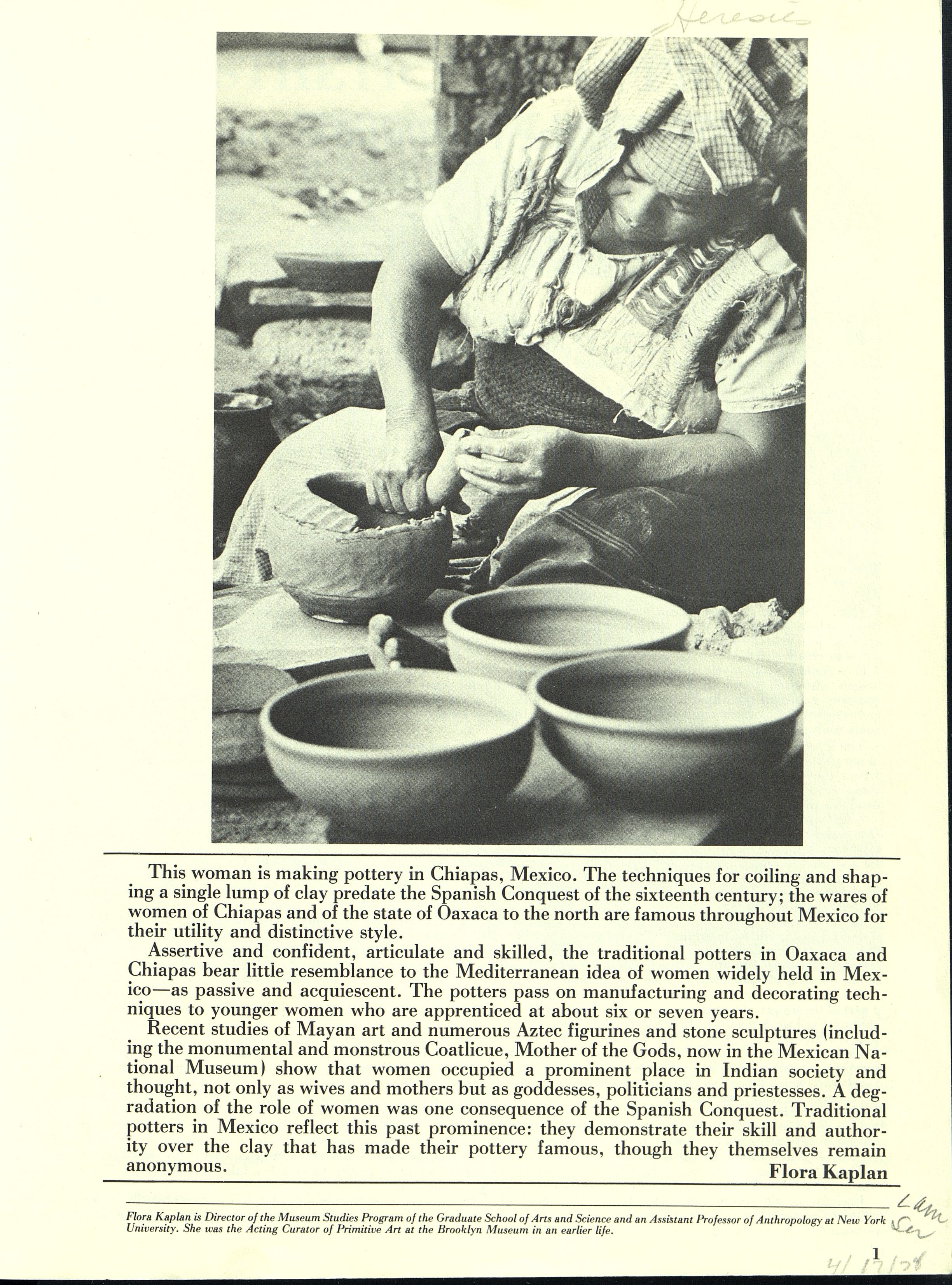Epigraph (Kaplan)
The Aesthetics of Oppression (Friedlander)
Is There a Feminine Aesthetic? (Bovenschen)
Women Talking, Women Thinking (Russ)
The Martyr Acts (Ladden)
The Straits of Literature and History (Rickey)
The Left Hand of History (De Lauretis)
weaving (Burnside)
The Woman's Building (Grabenhorst-Randall)
This woman is making pottery in Chiapas, Mexico. The techniques for coiling and shaping a single lump of clay predate the Spanish Conquest of the sixteenth century; the wares of women of Chiapas and of the state of Oaxaca to the north are famous throughout Mexico for their utility and distinctive style.
Assertive and confident, articulate and skilled, the traditional potters in Oaxaca and Chiapas bear little resemblance to the Mediterranean idea of women widely held in Mexico – as passive and acquiescent. The potters pass on manufacturing and decorating techniques to younger women who are apprenticed at about six or seven years.
Recent studies of Mayan art and numerous Aztec figurines and stone sculptures (including the monumental and monstrous Coatlicue, Mother of the Gods, now in the Mexican National Museum) show that women occupied a prominent place in Indian society and thought, not only as wives and mothers but as goddesses, politicians and priestesses. A degradation of the role of women was one consequence of the Spanish Conquest. Traditional potters in Mexico reflect this past prominence: they demonstrate their skill and authority over the clay that has made their pottery famous, though they themselves remain anonymous.
Flora Kaplan
Flora Kaplan is Director of the Museum Studies Program of the Graduate School of Arts and Science and an Assistant Professor of Anthropology at New York University. She was the Acting Curator of Primitive Art at the Brooklyn Museum in an earlier life.

